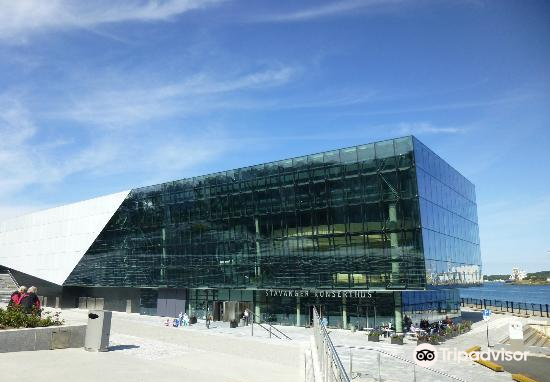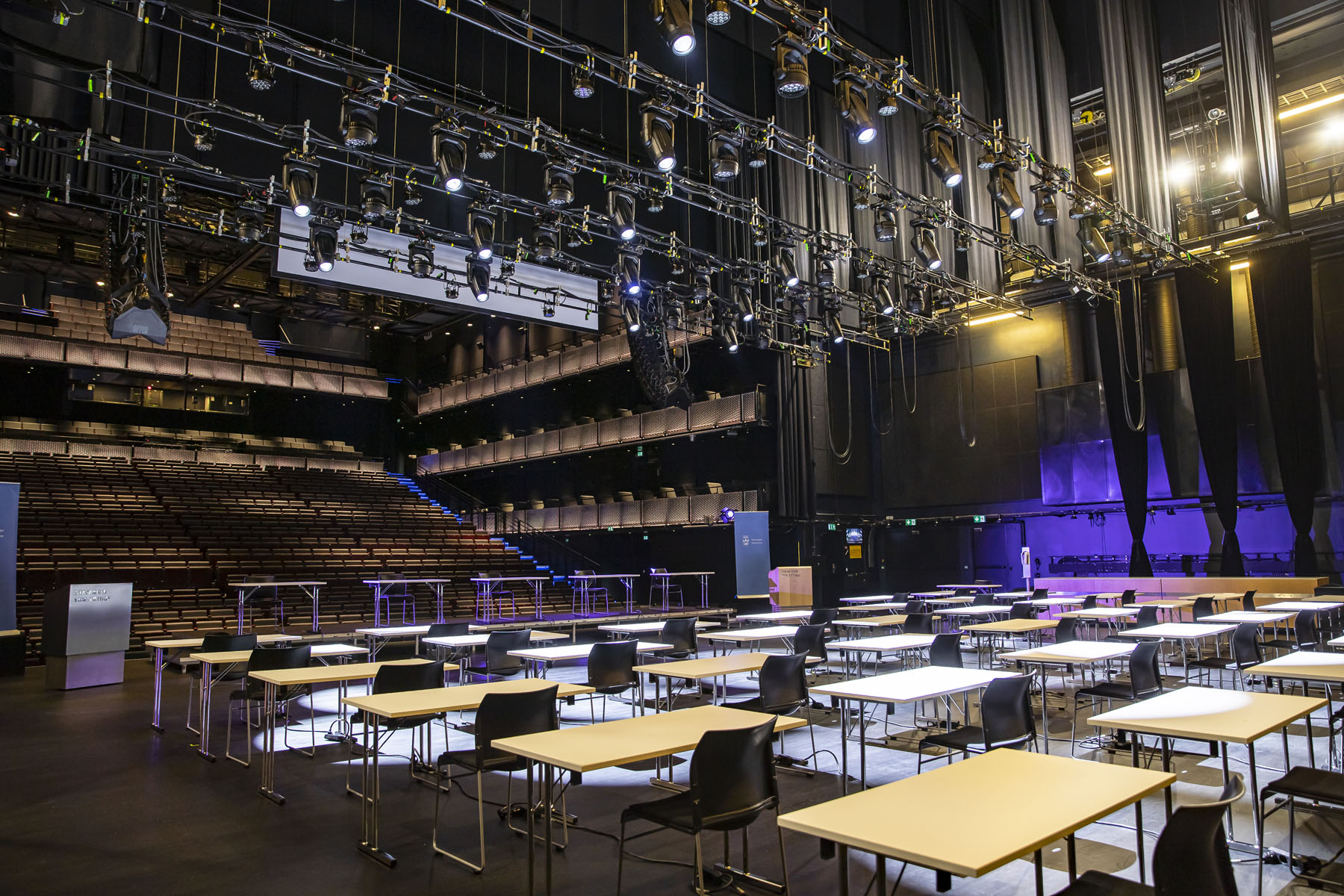


In the last couple of years the issue of private sponsorships has changed, we had a massive loss of that. For the previous edition tickets were the main source of income. What are the main sources of financing of the festival?įor this year the support from the government has been the main income, then tickets and private sponsors. At that point also the local government and sponsors saw that the Festival is both interesting and has a quality that is important to support. We established an organisation, we put together interesting programmes and the audience started to respond. We started out of nothing, both the support from the government and from sponsors were lacking. What have been the main difficulties in running the Festival? The majority of events takes place there, but we do also concerts at bigger venues when needed. We organise concerts in different venues around the city, but since 2014 we have our own venue, called Spoor 5, with a capacity of 200-250 people. Apart from Maijazz throughout the year we organise between 150-170 concerts, and we also have a small Festival in January, more focussed on swing, called Vintage Jazz. The success of the Festival allowed us also to run the club. The Festival has been the flagship event, the highlight of the jazz year in Stavanger. The idea from the beginning was to come up with a great festival, but also to present jazz throughout the year. So besides the Festival there is also a jazz club? I think the experience the volunteers receive with us can be used in many places later on in their life. As a volunteer you learn to improvise, to solve tasks that has to be solved in a short time. When I see that the organisation is on top of the tasks, is able to react and adapt very fast, I have to say I am quite impressed myself. There were many logistical challenges regarding accommodation and meals, with artists being moved from one hotel to another and so on. This year we had this hotel strike going on (in all the major cities in Norway there was a strike of hotel employees). It is nice to see that the organisation with the volunteers is working so well. Stavanger is quite an international city. They come mostly from Stavanger, but not only, and last year we counted 15 different nationalities. We had to close down the registrations for volunteers because we already have a long list. It is popular to be a volunteer at the Festival. As most of the Festivals, especially in Scandinavia, we are depending heavily on volunteers, approximately 160-170 for every edition. We are now 2 full-time people working on the Festival and on the club programme throughout the year. Since 1995 I became Managing Director, working part time, and from 1997 I started working full-time on this. After that I have been taking part in all editions. I was involved in the first edition of the Festival in 1989, as a volunteer. The number of concerts was growing until the late 90s, after that it has not been growing in numbers, but in quality.Īnd what about your involvement with the Festival? It started off as a small event, with 4 concerts, but it was a success and slowly developed from year to year. One of them, Per Hasse Andersen, is still the Head of the Festival. At one point the club went bankrupt and in the ruins of that a group of people had the idea of creating the festival. Stavanger was a rather small city, but with a lively jazz club. It started 28 years ago, in the late 80s. It develops throughout one week with 50 concerts in 8 venues around the city and a focus on Norwegian and international contemporary jazz. The festival is now at its 28th edition and, as the name suggest, takes place at the start of May. Helleik Kvinnesland is Managing Director of Maijazz Festival in Stavanger, Norway.

An interview with a member of the Europe Jazz Network.


 0 kommentar(er)
0 kommentar(er)
